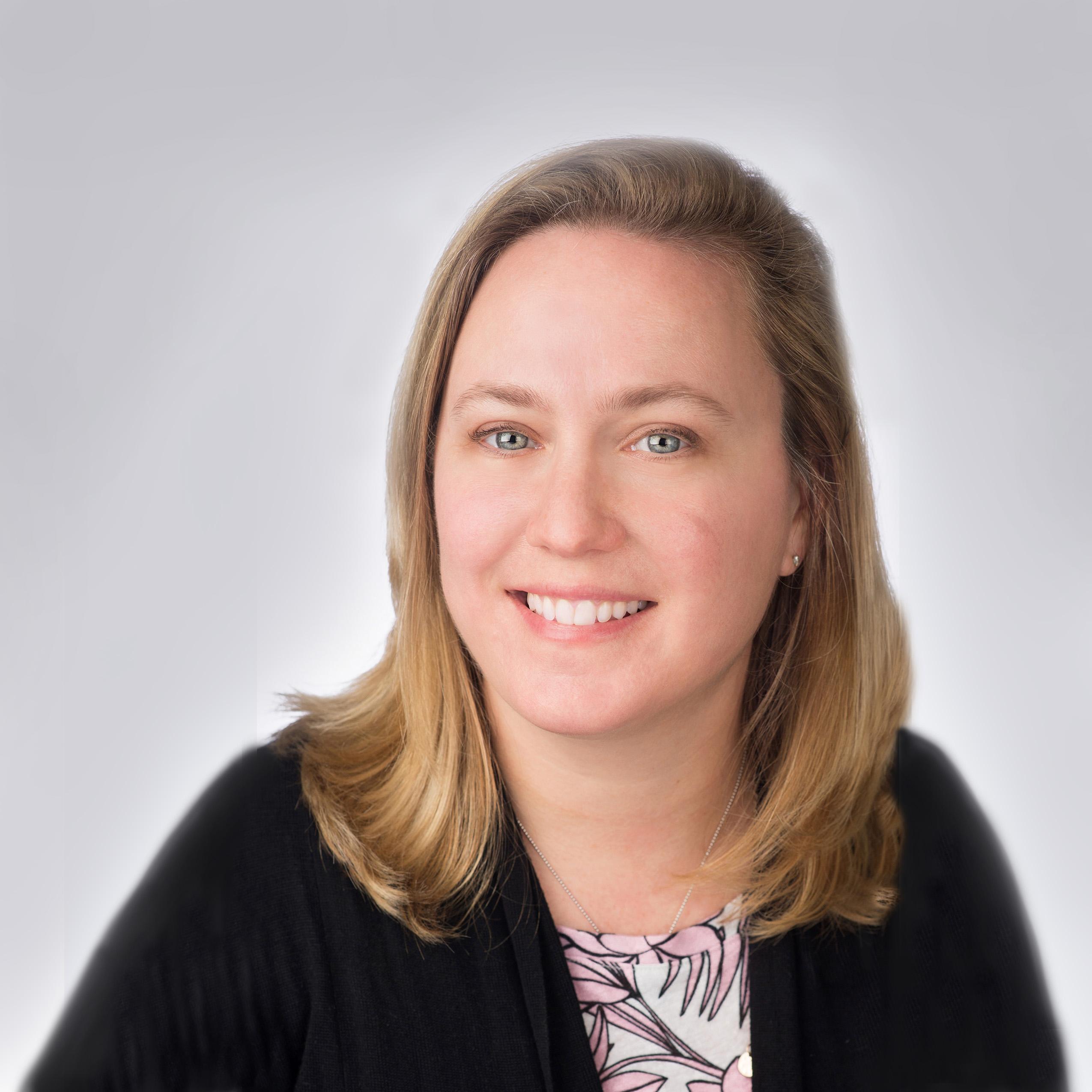RESEARCH
Study explores how teachers spend professional learning time
By Elizabeth Foster
Categories: Data, Evaluation & impactAugust 2023
At Learning Forward, we are well aware that there is wide variation in how much time teachers have for professional learning. Research finds that only half (50.9%) of educators have any released time from teaching to participate in professional development (Garcia, 2019), and there is variation in how that time is spent. A recent RAND report provides a closer look at the time teachers spend in professional learning and its impact on their practice and classrooms. The findings offer some valuable insights for professional learning leaders at all levels and suggest avenues for further research.
The study
Zuo, G., Doan, S. & Kaufman, J.H. (2023). How do teachers spend professional learning time, and does it connect to classroom practice? Findings from the 2022 American Instructional Resources Survey. RAND Corporation. www.rand.org/pubs/research_reports/RRA134-18.html
Methodology
Authors of the study analyzed data from the 2022 American Instructional Resources Survey of 8,063 K-12 math, English language arts, and science teachers nationwide (Zuo et al., 2023). They examined teacher participation in professional learning and its link to classroom outcomes in the 2021-22 school year.
The survey asked about teachers’ professional learning, with an emphasis on how much time teachers spent on professional learning activities and content. The focus of the survey is on professional learning related to the use of instructional materials, but it addresses other topics as well, which allowed the researchers to develop some general findings about professional learning and time. The research questions were:
- What types of professional learning do teachers engage in?
- How do teachers spend their time during their professional learning experiences?
- How do teachers benefit from their professional learning experiences?
- How does professional learning connect to instructional efficacy as measured by teacher-reported classroom practices and student achievement?
The survey defined professional learning as “the supports you receive, whether in-person or virtually, to improve your teaching practice and knowledge.” This includes professional development workshops or trainings, coaching, and collaborative learning with other teachers (e.g., professional learning communities), including instructional planning time. Participants’ professional learning could be on any topic, such as the use of instructional materials, classroom management, or analysis of student assessments.
The researchers also examined the extent to which teacher participation in professional learning translates to instructional efficacy, as measured by teacher reports of classroom practices and estimates of student achievement.
Findings and connections with Standards for Professional Learning
Collaborative learning occurs most often.
Teachers took part in collaborative professional learning more frequently than any other format. Nearly three-quarters of teachers indicated frequently working in collaborative learning, compared to reports of frequent participation in workshops or trainings (43% of teachers) or coaching (23%).
The finding about collaboration is encouraging. Standards for Professional Learning state that when educators develop a culture of collaborative inquiry, they “collaborate for continuous improvement and support their colleagues’ ongoing learning and development,” which in turn increases learning opportunities for every student. Developing collective knowledge and shared responsibility is essential for working toward the goal of improved learning for all students (Learning Forward, 2022).
However, more than half of teachers (52%) indicated they did not participate in any coaching during the 2021-22 school year, and a large percentage reported some but not frequent coaching. Coaching is one of the job-embedded forms of professional learning recommended in the standards because it allows for follow-up and sustained attention to the intended learning.
Student assessments and curriculum materials were the most common focus of professional learning time.
Around 40% of teachers responded that they spent at least one-quarter of their professional learning time analyzing and using student assessments and using or adapting curriculum materials. These activities were reported as the most common uses of collaborative learning time.
With the addition of the Curriculum, Assessment, and Instruction standard to the 2022 version of the standards, Learning Forward emphasized the importance of grounding professional learning in curriculum and instructional materials, and the RAND study suggests there is progress in this area.
Teachers of historically marginalized students engaged in more professional learning.
Educators with higher numbers of English learners, economically disadvantaged students, or Black or Latino students were more likely to participate in professional learning than educators who did not teach those populations. Specifically, 75% of teachers who served economically disadvantaged students reported frequently engaging in collaborative learning, compared to 52% of teachers who do not serve economically disadvantaged students. Similarly, teachers with no English learners or Black or Latino students in their classrooms had the lowest rates of frequent professional learning participation relative to teachers serving at least some students from these groups.
Teachers had limited access to expertise in subject matter and needs of specific student populations.
More than half of teachers said that their professional learning opportunities provided only limited access to expertise on subject matter knowledge, supporting English learners and students with individualized educational plans (IEPs) or 504 plans, and using required curriculum materials. However, the authors caution that some of this difference could be due to either the way estimates of percentages were calculated or teachers not knowing how to identify students. This is an area for further examination and potentially more contextualized research.
Of concern are the findings that less than half — 40% — of teachers reported that professional learning gave them substantial access to expertise on subject-area content and the use of their required materials. Many teachers reported not having any access to expertise on subject-matter content at all: 37% of science teachers, 19% of English language arts teachers, and 19% of math teachers.
Low percentages of teachers reported having substantial access to expertise on supporting students with specific learning needs: 26% for English learners and 35% for students with IEPs or 504 plans. More than one-third (38%) of teachers reported that they have no access whatsoever to expertise on supporting English learners.
The Equity Drivers and Equity Practices standards address the importance of professional learning content and practices that ensure all teachers are equipped and feel responsible for all students’ success (Learning Forward, 2022), and the Curriculum, Assessment, and Instruction standard highlights the importance of subject-area expertise. Teachers who engaged frequently in professional learning reported higher levels of standards-aligned classroom practices but not higher levels of student achievement.
Teachers who reported frequent participation in professional learning generally reported higher scores on a self-report measure designed to capture how often they used a set of standards-aligned practices in their recent lessons. The difference was statistically significant for English language arts teachers in all forms of professional learning and for math teachers who engaged frequently in collaborative professional learning.
On the other hand, participation in professional learning was not significantly linked to higher student achievement, as measured by teachers’ self-reported estimates of students’ average achievement in English language arts and math on a scale from far below grade level to far above grade level. However, the authors note that there is room for bias in this measure and that the data were particularly “noisy,” meaning there was a higher than expected amount of variation.
They also note that this finding is contrary to “a broad body of research, much of which is summarized in Garrett, Zhang, Citkowicz, and Burr (2021)” that indicates that teacher participation in professional learning “is linked to sizable improvements in both teacher practice and student achievement.”
The study they refer to is a meta-analysis of professional learning studies conducted by American Institutes for Research that undergirds Standards for Professional Learning. As with all studies, this one should be interpreted in the context of the larger body of research on this topic, and meta-analyses are a helpful resource for doing so because they combine the results of multiple studies.
Future directions
This study sheds light on how educators spend their time, but other important questions about time remain, especially how much time for professional learning is enough. That may not be a simple question to answer.
Although there is consensus among researchers about the qualities and characteristics of high-quality professional learning (Desimone, 2009; Darling-Hammond et al., 2017), the dimension of time is not understood well. It is usually defined vaguely as “adequate” or “sufficient.” This is likely due to the fact that professional learning interventions that have been shown to lead to improved teacher and student outcomes have a wide range of duration and intensity.
Some studies have found positive impacts of short, focused professional learning, yet others show that sustained and cyclical time for professional learning is important for educators to process, reflect, and apply new learning in meaningful ways.
Prior research using data from the survey established the impact of professional learning frequency, finding that teachers who reported frequent (four or more times per year) participation in curriculum-aligned collaborative learning or coaching were significantly more likely than their peers to regularly use standards-aligned instructional materials.
The authors note that, although this research “does not causally link professional learning to instructional material use or other outcomes, it does present evidence suggesting that curriculum-aligned supports are intertwined with more frequent curriculum use” (Zuo et al., 2023).
There are multiple ways to measure and analyze time use, and the body of work exploring the connection between time and professional learning continues to grow. A recent study looked at the relationship between high-quality professional learning and teacher retention (Shuls & Flores, 2020).
The researchers set a threshold of 20 hours of professional learning and compared teachers who engaged at that threshold or above with those who engaged in none. They found that teachers with no professional learning in a school year showed only a 60% chance of retention, on average, while teachers with more than 20 hours of such learning demonstrated an 85% chance of retention. This method doesn’t tell us whether 15 hours is more effective than 10, but it does tell us that 20 hours or more appears to be more effective than none.
Standards for Professional Learning note, “Educators have a unique appreciation for time as a critical resource for professional learning” (Learning Forward, 2022). Given how precious time is, educators often seek an ideal — and sometimes a minimum — number of hours or days that are adequate for professional learning to improve classroom practice and student outcomes. Future research can help guide those decisions to make sure professional learning time is valuable for teachers and, most importantly, students.
References
Darling-Hammond, L., Hyler, M.E., Gardner, M. (2017). Effective teacher professional development. Learning Policy Institute.
Desimone, L.M. (2009). Improving impact studies of teachers’ professional development: Toward better conceptualizations and measures. Educational Researcher, 38(3), 181-199.
Garcia, E. & Weiss, E. (2019). The role of early career supports, continuous professional development, and learning communities in the teacher shortage. Economic Policy Institute.
Garrett, R., Zhang, Q., Citkowicz, M., & Burr, L. (2021). How Learning Forward’s Standards for Professional Learning are associated with teacher instruction and student achievement: A meta-analysis. Center on Great Teachers and Leaders at the American Institutes for Research.
Learning Forward. (2022). Standards for Professional Learning. Author.
Shuls, J.V. & Flores, J.M. (2020). Improving teacher retention through support and development. Journal of Educational Leadership and Policy Studies, 4(1).

Elizabeth Foster is the senior vice president of research and strategy at Learning Forward. She leads the organization’s research efforts for partnerships, programs, and fundraising. Elizabeth co-wrote the Standards for Professional Learning (2022) with Tracy Crow and now facilitates learning sessions about the standards and develops resources that support their use and implementation.
Categories: Data, Evaluation & impact
Recent Issues
EVALUATING PROFESSIONAL LEARNING
February 2024
How do you know your professional learning is working? This issue digs...
TAKING THE NEXT STEP
December 2023
Professional learning can open up new roles and challenges and help...
REACHING ALL LEARNERS
October 2023
Both special education and general education teachers need support to help...
THE TIME DILEMMA
August 2023
Prioritizing professional learning time is an investment in educators and...











